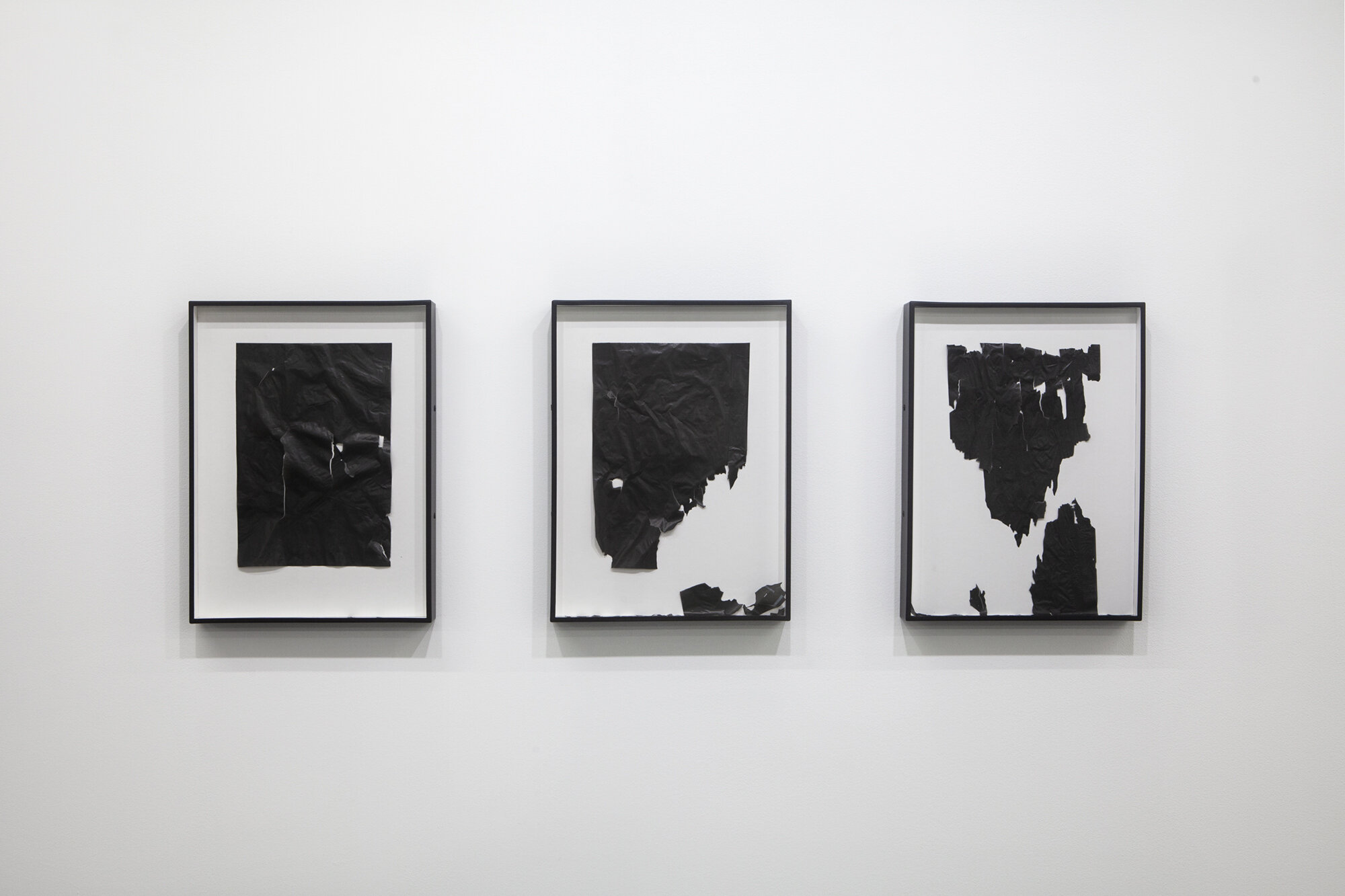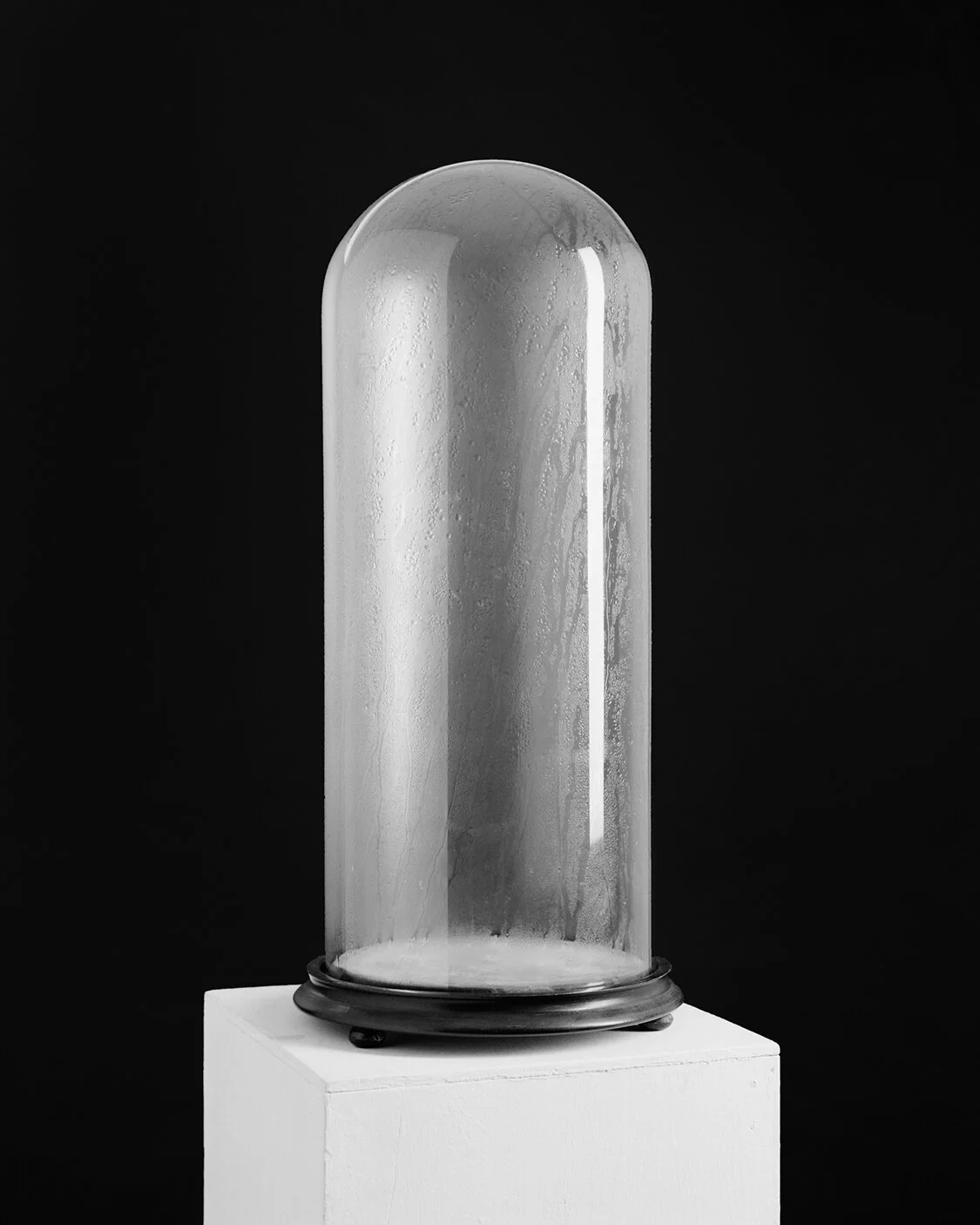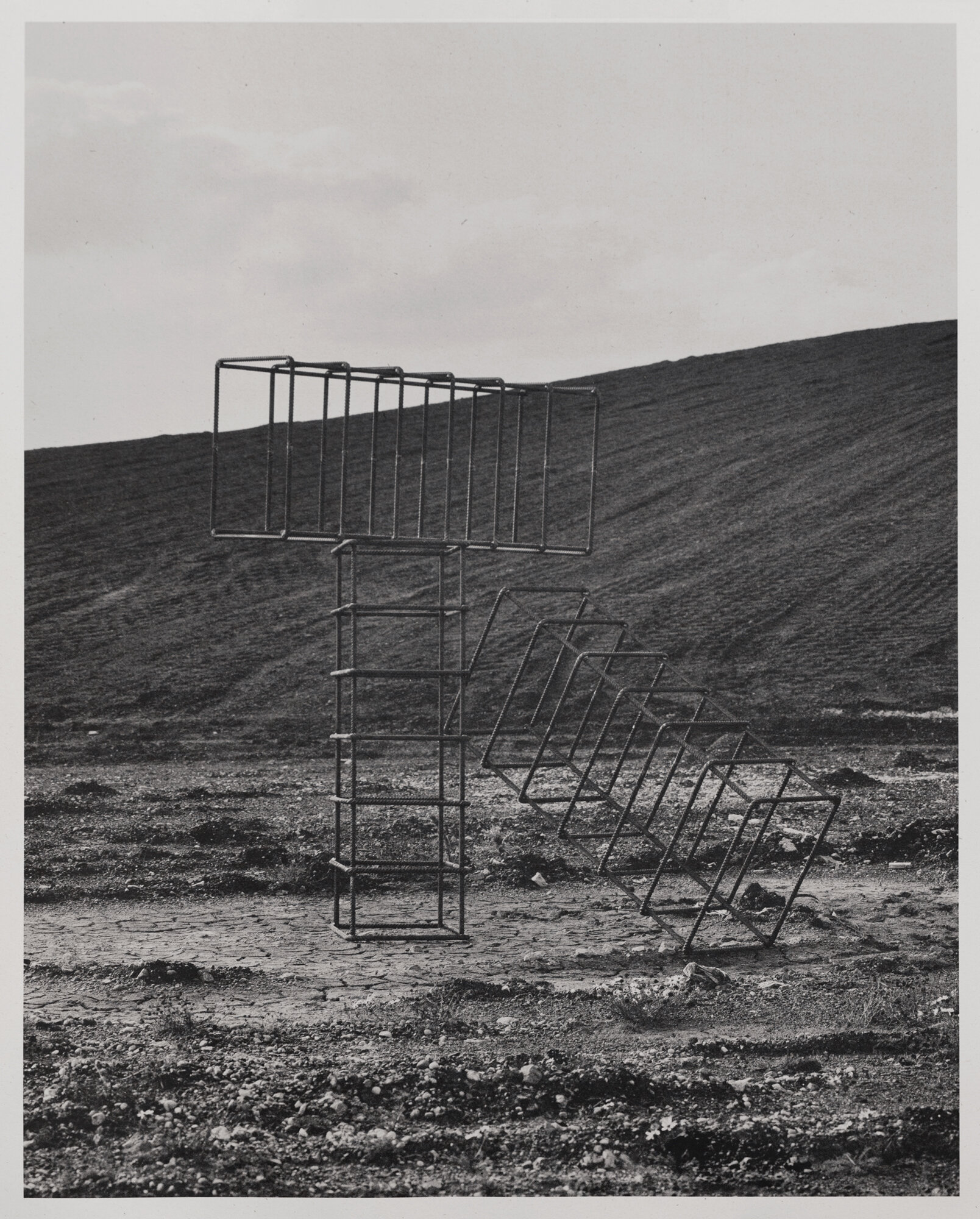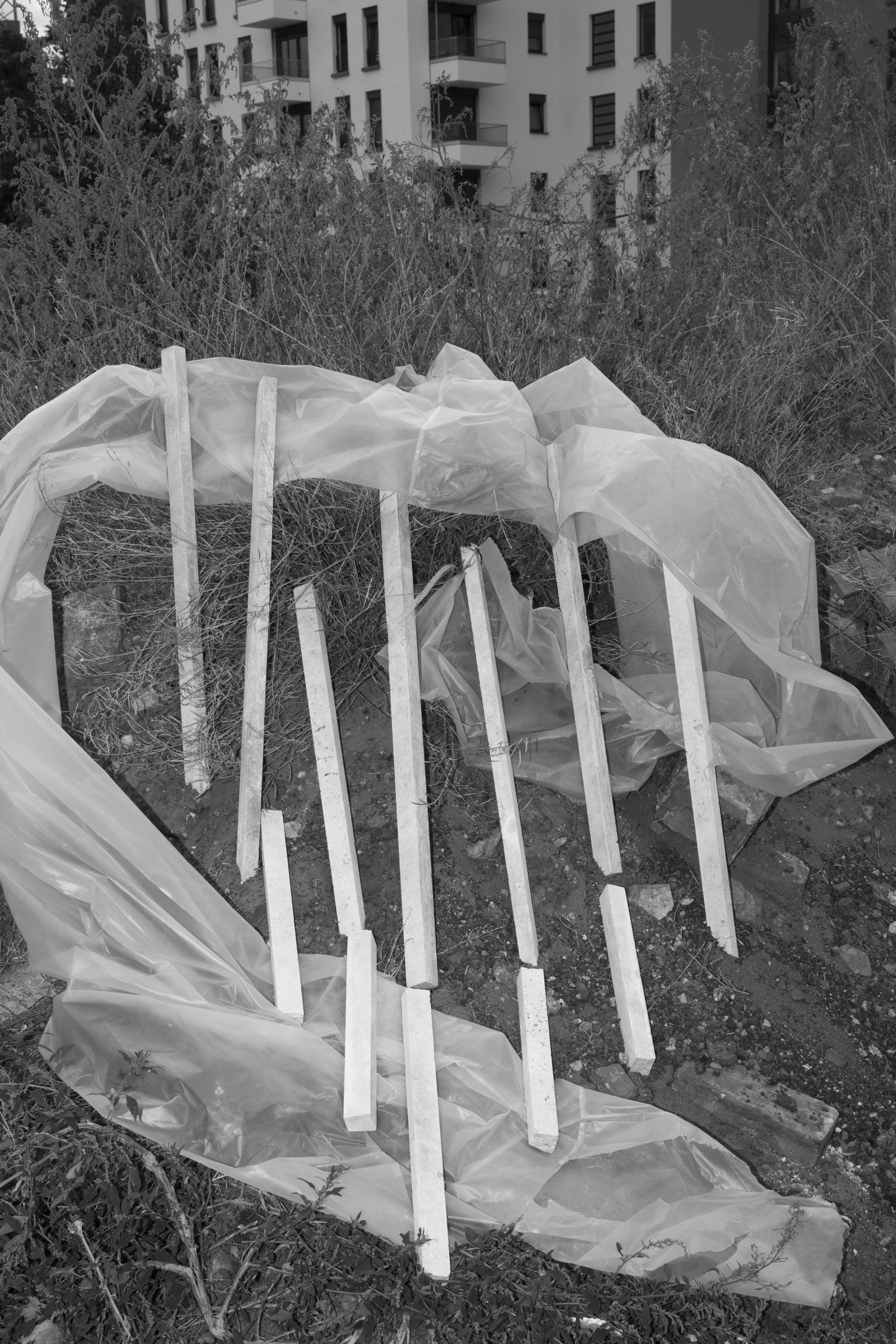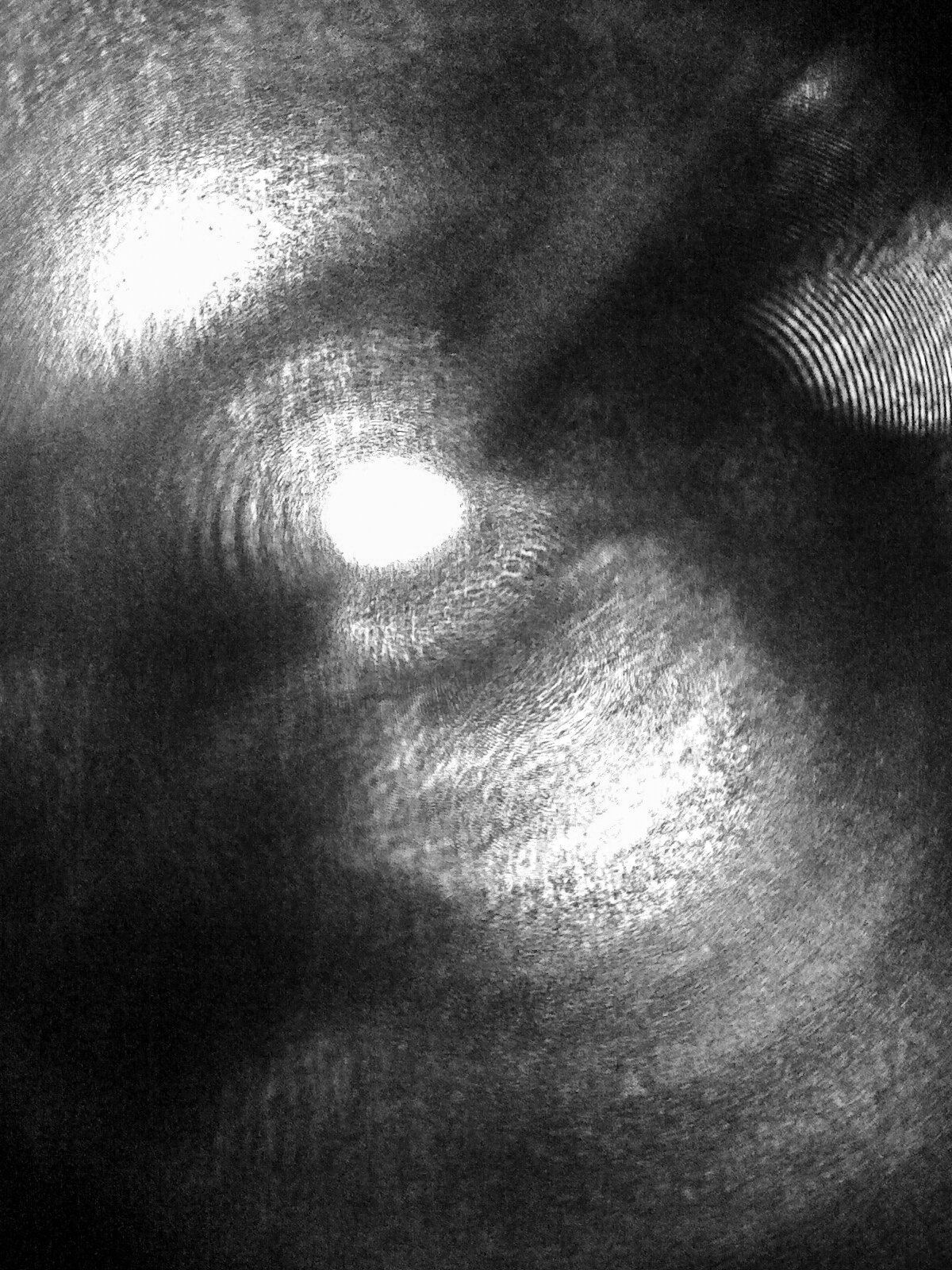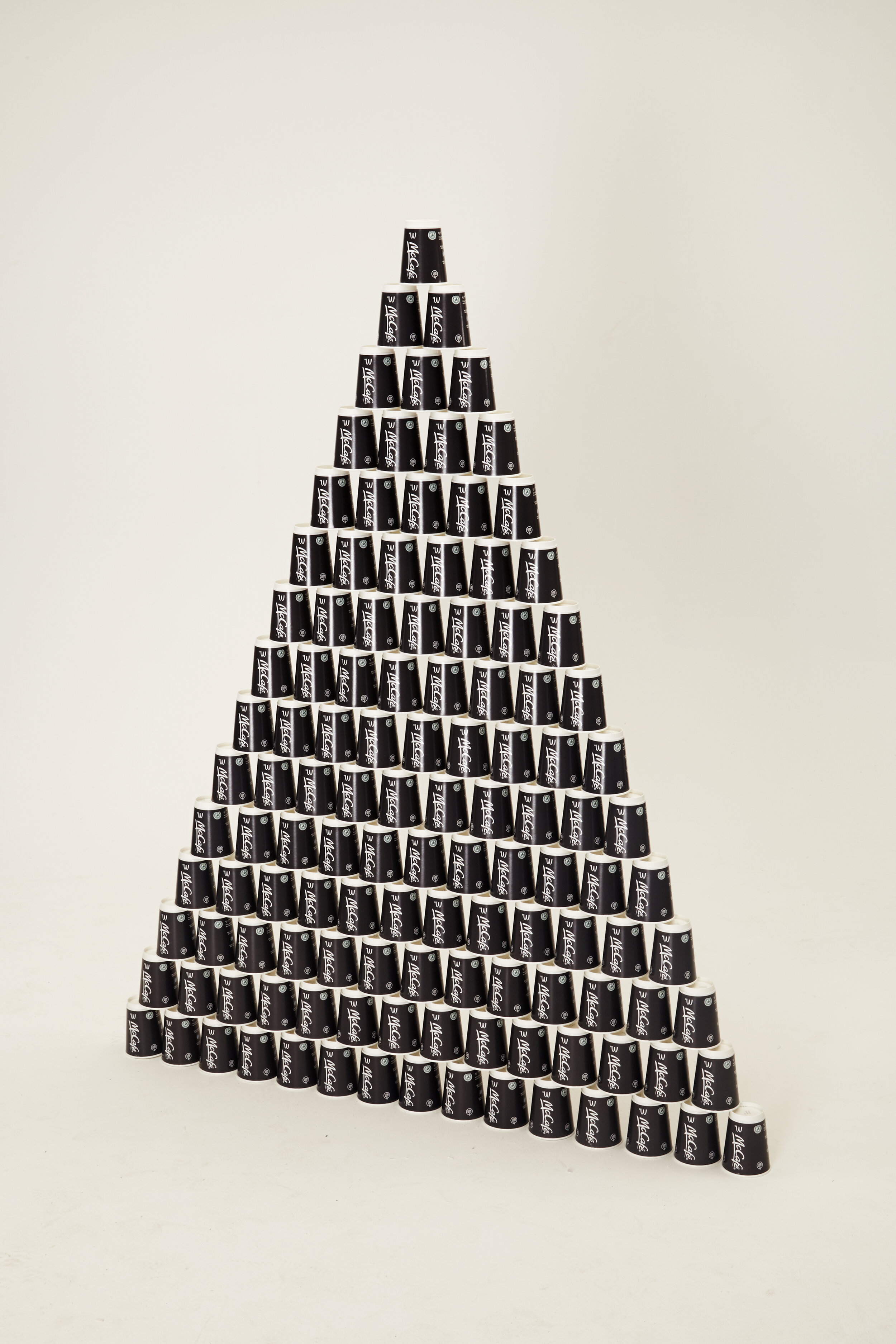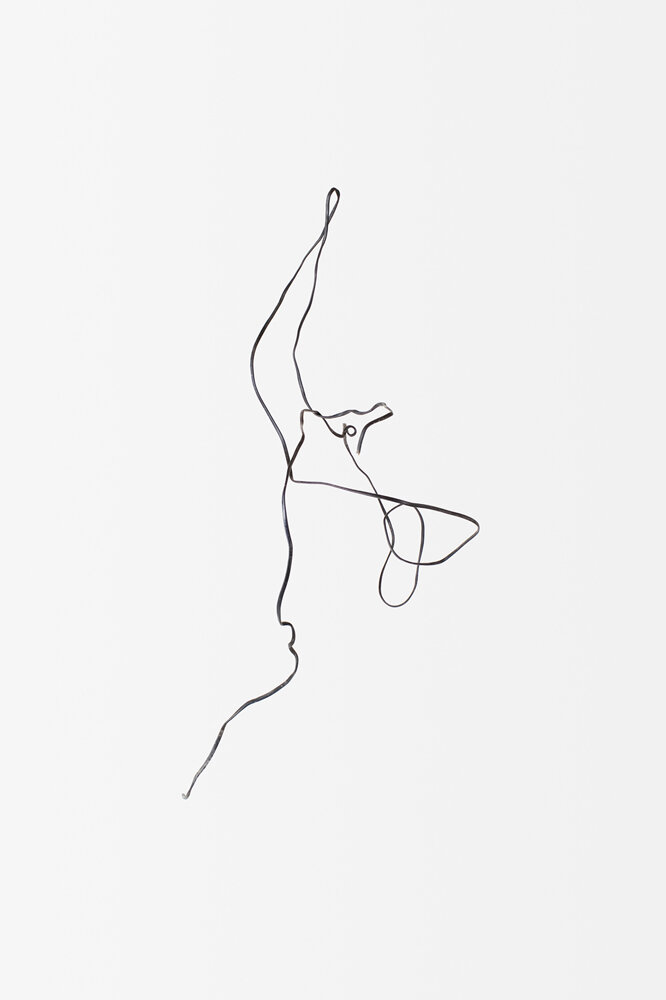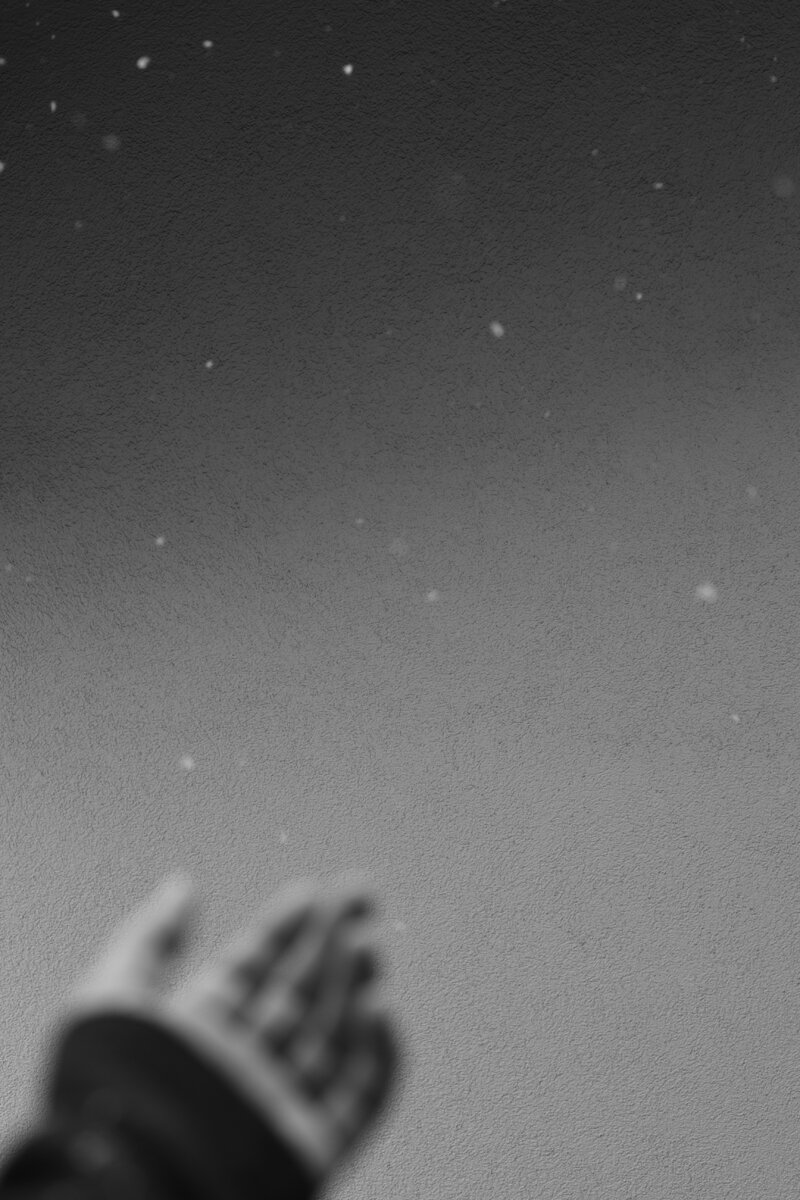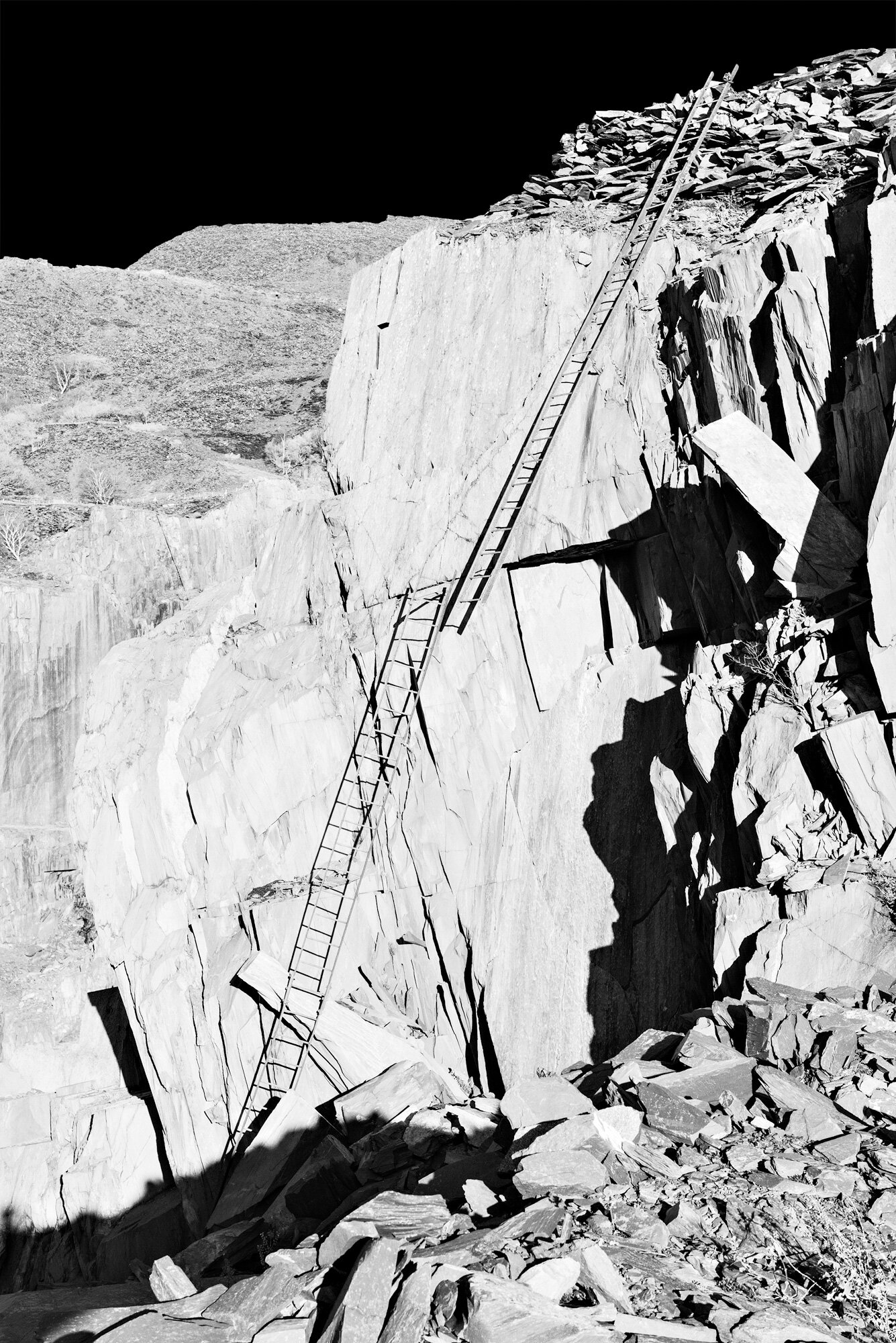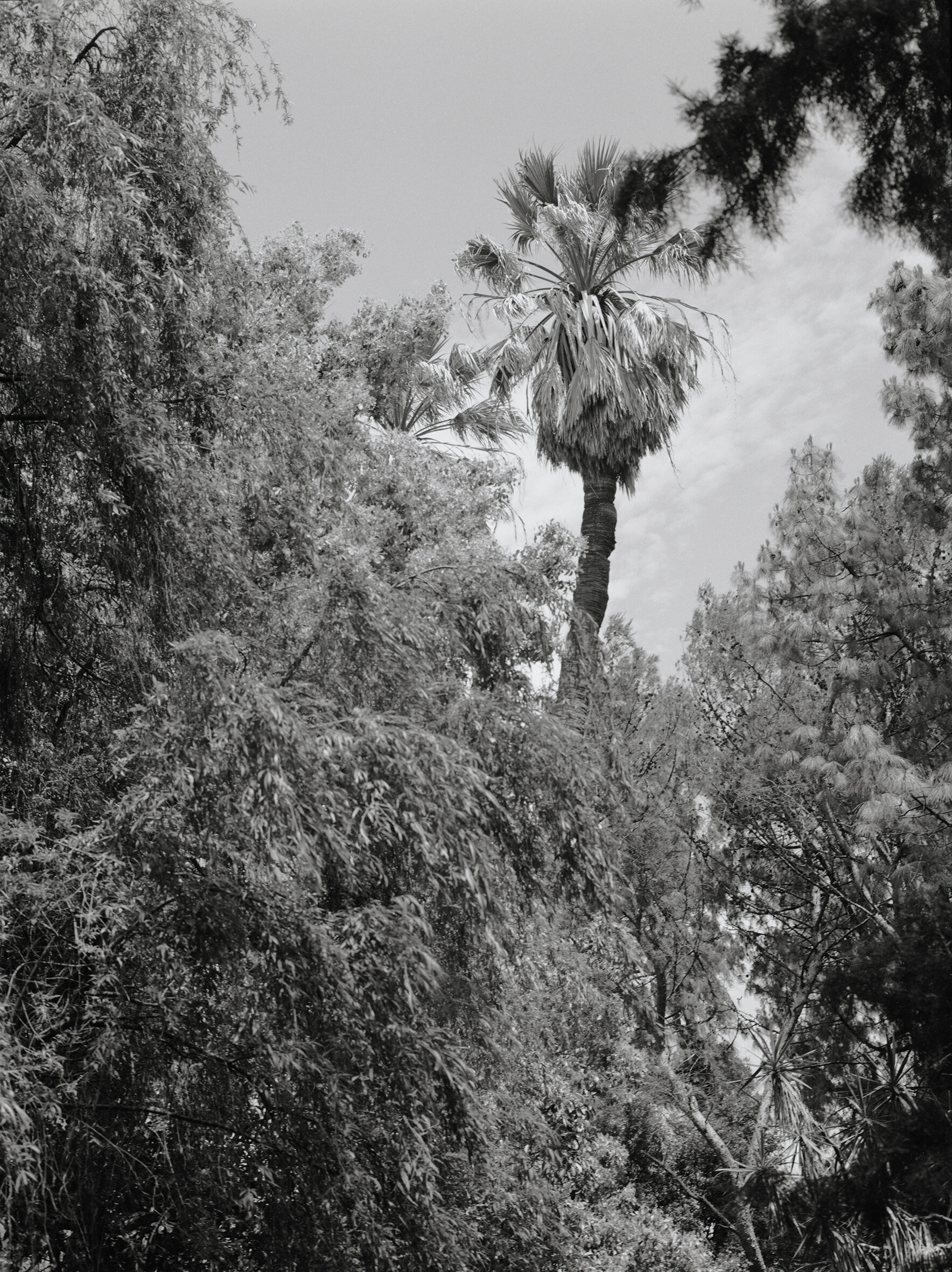Adrian Samson #20
COLLECTIVE 20
ADRIAN SAMSON
Collective focus on the artistic process of one emerging artist; we learn about their sculptural practice and how it relates to construction, deconstruction, or both. Questions by Joanna Cresswell.
Tell us about your process. What reference or influence (if any) do you take from other mediums? I'm lucky to have a studio where I can work all year round, so my work has been quite experimental or playful, if you like. I'm always on the look out for new art and go to see as many shows as I can. I take notes and save screenshots of everything that I find interesting. Then I shoot at least for a week every month. I use a lot of lighting, so it takes time to find the right light that works with my subject and vice versa. I have commercial and print sale reps in Europe and in the US. They show my new works to their respective clients, but my main influence comes from the art world and personal experiences.
Are these pictures concerned with exploring formal and aesthetical interests – studies of form, colour, movement, how things work together, or are they representational, metaphorical? What is the weight that holds these pictures together? Some of my pictures are intentionally metaphorical, but I'm more interested in the formal and sculptural qualities of my photographs. For instance I get fascinated with diagonal lines, circle motives and flat shadows for a while, and then I find something else that gets me excited. I think my work is quite fluid and changes frequently. I’m not sure if this is due to a lack of integrity or if I'm just being impatient. It's all bridged by a recognisable aesthetic, a combination of light, the choice of colour palettes, etc.
Are you a photographer or an artist using photography? Throughout my works I try to form a visual language that is personal to me rather than just making photographs that someone can use. There were times when I did quite a lot of picture library work, but later I realised that I prefer to work more autonomously. You can learn relatively quickly how to use a camera, lights and all the techniques, but to develop a genuine vision takes time. In my work I build up the image slowly, more like a painter, but since I'm a dreadful painter I use photography to make art.
Does your work reflect on the medium of photography or the photographic image? If so, is that intentional? My work has been digital for more than a decade, so if I understand your question correctly, you are asking whether it is about the image or how I obtain and present a photographic image. I love to see works that reflect on the medium, digital or analogue, and works that employ unconventional image manipulations. I may also apply more of these applications in the future, not as a by-product but more as a new form of expression. For now though my work is mainly about the image.
Typically, are your works more about construction or deconstruction? I don't think in these terms. My still life work is quite conceptual, and within those concepts construction or deconstruction is not important. My Chroma or Battaglia series for example are about the rhythm of the forms I have constructed. Meanwhile, with my Nothing To See Here, set I was capturing a fleeing moment from a position of an observer.
Are you interested in the notion of your pictures as objects? Do you think about how their physicality may endure as you are photographing them or is that an afterthought? Definitely. It's nice to live in an age where we have constant access to new photography, but it feels that only when the work is framed and printed do we consider it valuable. It's like it has survived all the scrutiny and became relevant. I am also a big fan of photography books and am hoping to produce some of my own soon.
Often sculptural photographic works are concerned with elevating banal objects, situations or events to a status of ‘art’ – when does something become art for you? It's when you are able to look beyond the obvious and have the capacity to turn that image into a work of art. It requires some level of sensitivity, cleverness and imagination. It's about reinterpretation, subtraction and guts. A competent artist can give a new meaning to an object, tell a new story about it, so maybe we get to appreciate it more or just get to think about it differently.
www.adriansamson.com
Titles from top:
Battaglia, 2015
Battaglia, 2015
Chroma I, 2015
Chroma II, 2015
Plastic Bags, 2015
Plastic Bags, 2015
Nothing To See Here, Street Photographs, 2015
Battaglia, 2015
Interview, 2015
Battaglia, 2015
Bottles, 2015
Persimmons, 2015
Skala Sikaminias, Refugee Life Jackets, Lesbos, 2015
Skala Sikaminias, Refugee Life Jackets, Lesbos, 2015
Published by Trine Stephensen, January 2016


















